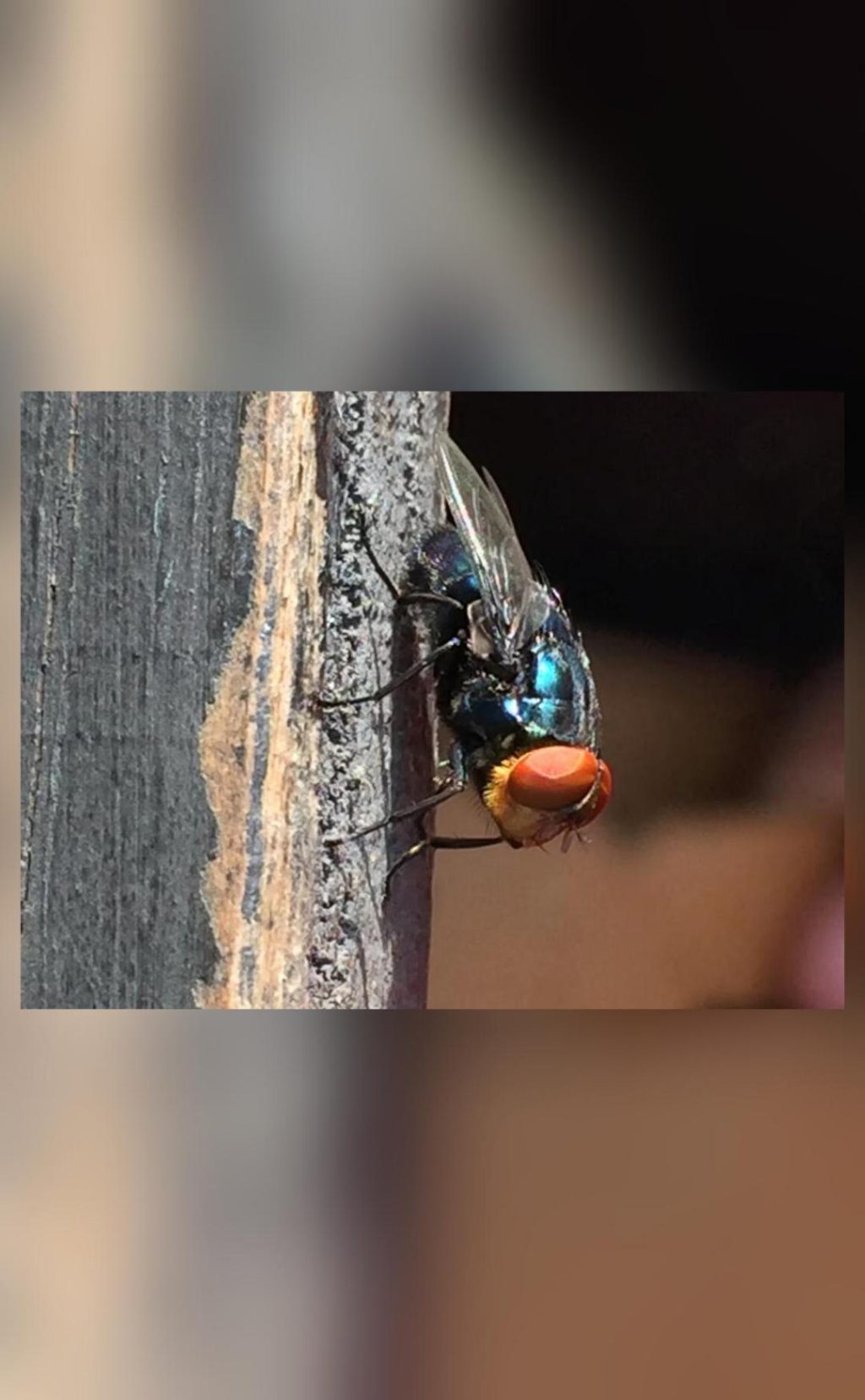
Why is US planning to breed screwworm flies & dump them from planes over Mexico?
In a bizarre and innovative effort to protect its beef industry from a flesh-eating pest, the United States government is planning to breed millions of male screwworm flies, sterilize them with radiation, and then dump them from planes over Mexico and southern Texas. The objective is to release these male flies in areas where the New World screwworm fly, a significant threat to cattle and other animals, is prevalent. But why is the US government taking such an unusual approach, and what are the implications of this unusual plan?
The New World screwworm fly, also known as Chrysops nigrapes, is a parasitic fly that lays its eggs in the flesh of warm-blooded animals, including cattle, horses, and pigs. The larvae of the fly feed on the flesh, causing severe damage and potentially leading to the death of the host animal. The screwworm fly is native to the Americas, and its presence in the US is a significant threat to the country’s cattle industry.
To combat this issue, the US Department of Agriculture’s (USDA) Animal and Plant Health Inspection Service (APHIS) has come up with an innovative solution. According to a recent report by the Hindustan Times, the USDA plans to breed millions of male screwworm flies, sterilize them with radiation, and then release them in areas where the screwworm fly is prevalent. The idea is that these male flies will mate with female screwworm flies, but since they are sterilized, they will not be able to reproduce, eventually leading to a decline in the screwworm fly population.
The plan is not without its challenges, however. The USDA will need to develop a large-scale breeding program to produce the millions of male flies required, as well as a system to sterilize them effectively. Additionally, the agency will need to ensure that the flies are released in areas where they will be most effective in reducing the screwworm fly population.
The decision to release sterilized male screwworm flies is not without precedent. A similar program was used in the 1950s and 1960s to eradicate the screwworm fly from the US. At the time, the USDA released millions of sterilized male flies over the southern states, and the program was successful in eliminating the screwworm fly from the region.
The current plan is part of a broader effort by the USDA to protect the US beef industry from the screwworm fly. The agency has also developed a surveillance system to detect the fly and prevent its spread, as well as a program to educate farmers and ranchers on how to identify and report screwworm fly infestations.
While the plan to release sterilized male screwworm flies may seem unusual, it is an innovative solution to a significant problem. The screwworm fly is a significant threat to the US beef industry, and the USDA’s plan is an effort to prevent the fly from spreading and causing damage to cattle and other animals.
In conclusion, the US government’s plan to breed and release millions of sterilized male screwworm flies is an innovative effort to protect its beef industry from the flesh-eating larvae of the New World screwworm fly. While the plan may seem unusual, it is a necessary measure to prevent the spread of the screwworm fly and protect the US cattle industry.



